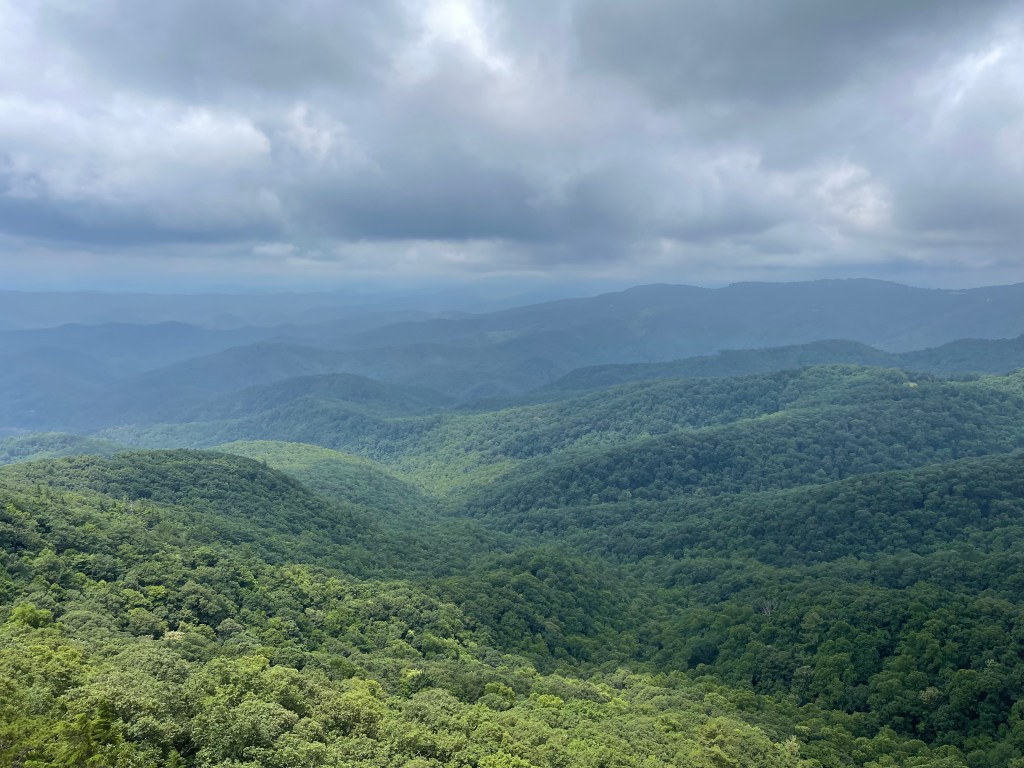The tradition of oral storytelling in Appalachian culture
Published 9:00 am Wednesday, October 5, 2022

- An overlook in the Appalachian mountains.
Oral storytelling is a tradition in Appalachia with roots primarily tracing back to the Scotch-Irish Appalachian settlers that began inhabiting the region during the 18th century.
Like many aspects of the region, the tradition of oral storytelling in Appalachia is a practice often misunderstood outside of the culture. What many view as a primitive art form and an antiquated history-keeping convention is a means for Appalachian people to preserve their folklore, values, and community that would otherwise be lost to depths of time.
The stories of ghosts and mythical creatures, hardship, love and loss, murder and betrayal, and spirituality woven throughout bluegrass and mountain music preserves the mythos and folklore of the Appalachian region and those who inhabit it in a way that written records could not.
The continued practice of oral storytelling found in the musical traditions native to Appalachia isn’t indicative of a resistance to change, but rather a way for the people of Appalachia to stay true to their culture, beliefs, and values in an increasingly modernized world.
As the tradition evolved, storytellers began using instruments such as the mountain dulcimer, banjo, mandolin, spoons, washboard, washtub bass, and Appalachian fiddle to bring a new life and depth to oral storytelling, birthing what is now known as Bluegrass music.
Bluegrass as we know it today began in the 1940s in Eastern Kentucky with the Father of Bluegrass, Bill Monroe. The genre’s name is derived from Monroe’s band, the Blue Grass Boys.
Following Monroe came Doc Watson, Ralph Stanley, Lester Flatt, and others from across the Appalachian region, each fundamentally shaping the bluegrass genre in the time following World War II and the Great Depression.
Their music was a sign of their times, primarily dealing in poverty and grief and finding hope in community and spirituality following a period of immense death and suffering.
The folk revival of the 1960s inspired artists such as the Carter Family, Mac Wiseman, Osborne Brothers, New Grass Revival, and others, which contributed to the development of country and western, rock n’ roll, and other genres of music.
In today’s bluegrass scene, artists such as the Steeldrivers, Tyler Childers, Benjamin Tod, November South, Joe Pug, Billy Strings, and others can be found making waves in the genre with their storytelling rooted in generational poverty and addiction.
The art of oral storytelling allows people in Appalachia to engage with each other in their shared crises and afflictions, making way for lasting change in their communities and giving a collective voice to those who may otherwise be voiceless due to race, economic status, sexuality, or gender orientation.
While Monroe’s and the Carter Family’s eras of bluegrass were steeped in conservatism and nostalgia for a vanishing way of life, today’s Bluegrass lends itself to looking forward to a better, more progressive future while lamenting the generational trauma and affliction the region suffers from.
While Monroe’s lyrics were nostalgic for a world that no longer existed post-Depression, his music echoed the changing world with fast paced instrumentation mimicking the industrialization slowly connecting the isolated Appalachian communities to the rest of the world.
As Bluegrass continues to evolve musically and lyrically with the ever-changing climate of Appalachia, it will continue providing an avenue for those in the region to orally share their struggles and record their history in a way that will surely withstand the tests of time.
This month those in the Tennessee Valley can participate in the art and tradition of oral storytelling by attending the Tennessee Valley Old Time Fiddler’s Convention and the Athens Storytelling Festival held at Athens State University on Oct. 6-8, and Oct. 18-22 respectively.
Throughout this month, Artists’ Angle will continue to feature oral storytelling.




